Atomexpo 2019, part 3: Mothers for Atom
I held this material until the end of the Chernobyl series . A well-made movie about a really terrible disaster can cause people to fear atomic energy. But how much is it justified? At Atomexpo-2019, I was greatly surprised by the general environmental focus. And a big surprise was to find environmental activists who advocated not just for atomic energy, but, even more unusual, against renewable (solar, wind).
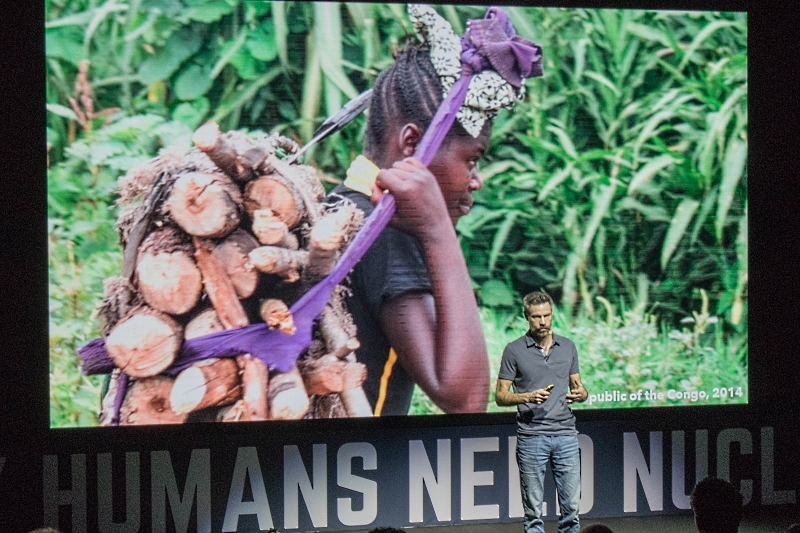
Speech by Michael Schellenberger on "Atomexpo-2019"
Meet Michael Schellenberger, ( by Michael Shellenberger ), writer, environmental activist, winner of the "Heroes of the Environment 2008" magazine Time The, winner of the Green Book Award 2008 and founder of the organization Environmental Progress.
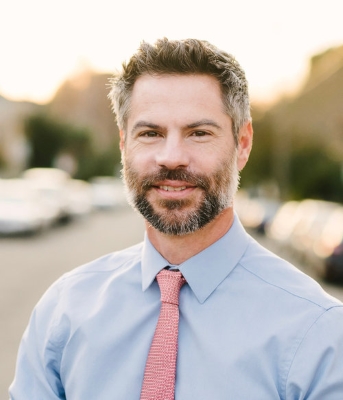
In the 90s, after graduating from college, Michael became a volunteer in Latin America. And observing the life of people who do not want to stay in the village and devote their lives to logging has made him interested in energy issues. Initially, Michael began to support renewable energy sources - solar panels and windmills. And around 2005, he was surprised to learn that a major solar energy enthusiast, Stewart Brand, called for a rethinking of nuclear energy. It turned out that nuclear plants produce four times less CO 2 emissions than solar panels (source IPCC 2014 Annex III Table A III.2) The sun and wind are inconsistent, which leads to incidents when, for example, Germany in 2016 increased the number of solar panels by 4% and windmills by 11%, but received from them 3% and 2% less electricity. Worse, with the increase in the number of windmills and solar panels, their benefit decreases ( source ).
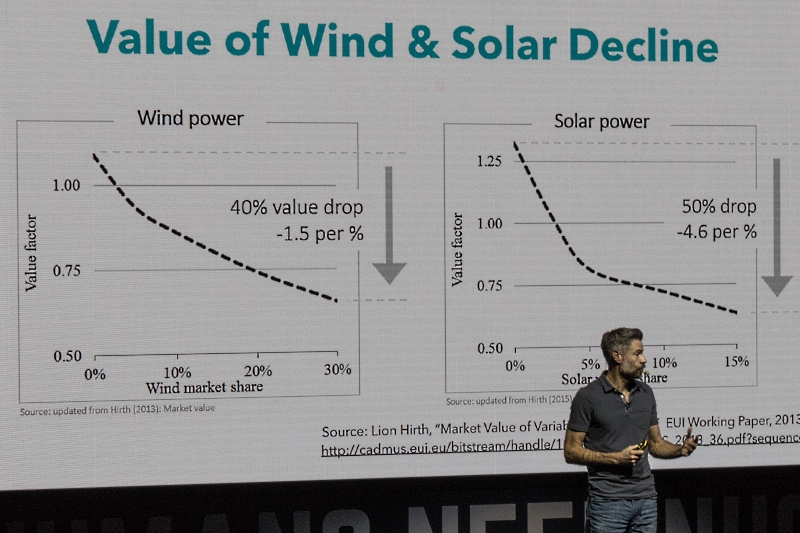
It was not surprising for the ecologist to experience negative emotions in relation to atomic energy after the Chernobyl disaster, but the deeper Michael buried himself in the subject, the more unexpected facts he discovered. Great studyThe United Nations Scientific Committee on the Effects of Atomic Radiation (UNSCEAR) on Chernobyl showed that in addition to 28 people who died directly from acute radiation sickness, 15 who died from thyroid cancer and another ~ 160 people who die from it in the future, there are more proven deaths from this catastrophe not detected. After the Fukushima accident, more people suffered from panic and overly hasty evacuation than from radiation.
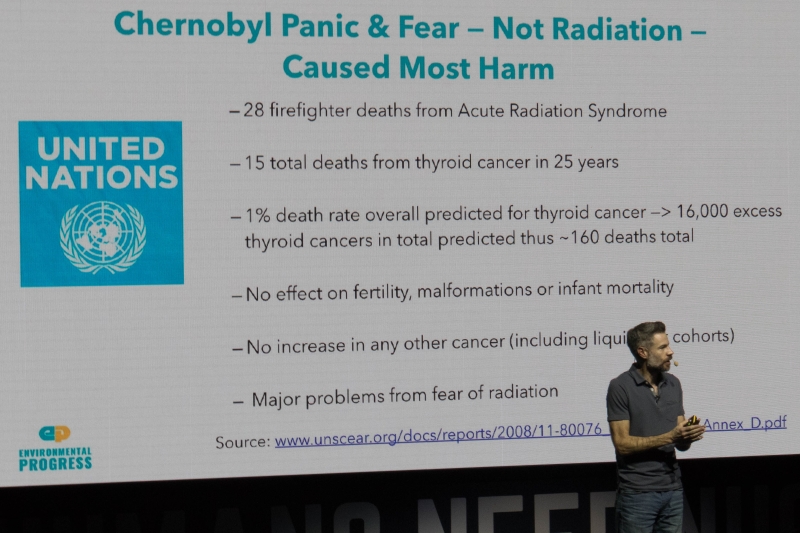
At the same time, atomic energy saved 1.8 million lives by preventing the burning of fossil fuels ( source ) - ashes from coal plants cause lung disease and contain radionuclides. And windmills now kill more people than nuclear power plants per kilowatt-hour ( mainly people fall and crash during maintenance, but there are alsodramatic stories ).
As a result, Michael became a pro-atomic environmental activist. “At Atomexpo-2019” he made a presentation “Why do people need atomic energy”. It was a great performance combining statistics, specific facts, logical and emotional moments. It is unfortunate that there was no broadcast / recording, I, as a person giving lectures myself, could only admire the quality of Michael's work. But I managed to find an earlier and shorter version .
And that's not all. The “headshot” of the event was a performance by Iida Ruishalme from Mothers for nuclear) The desire of mothers to protect and secure a better future for their children is understandable and obvious, and when mothers are not afraid of nuclear plants, but, on the contrary, organize actions in their support, this is very impressive.
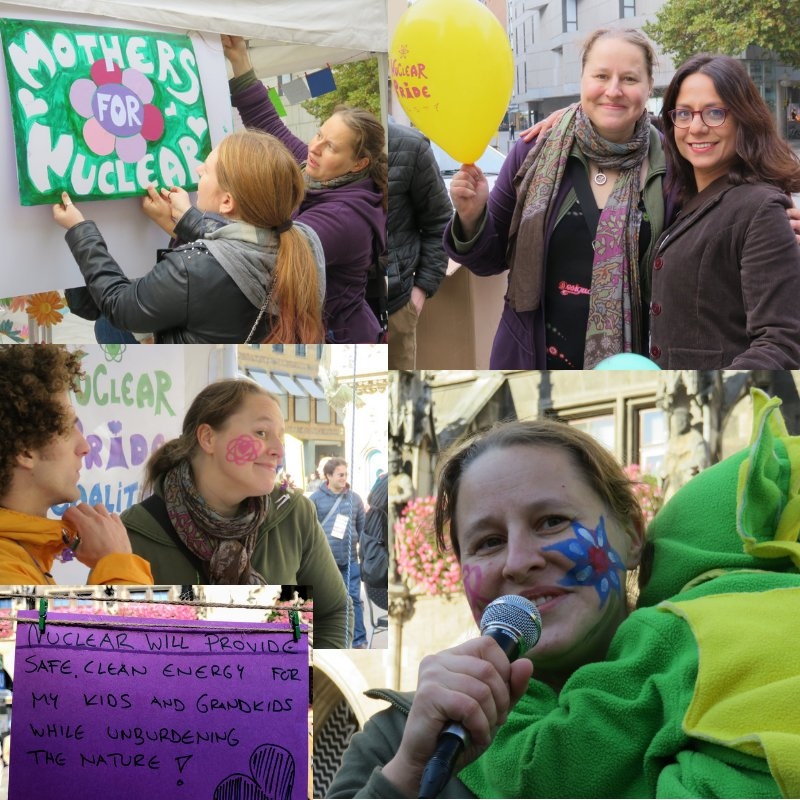
This photo is from the Nuclear Pride Fest, which took place in Brussels on April 28th.
And, as a beautiful conclusion to my report about Atomexpo-2019, I bring to your attention the first film of the Wild Edens series created with the support of Rosatom. It will be shown on the National Geograpgic channel.
I express gratitude for the invitation to the press service of Rosatom and personally to Oleg Kondranenkov.

Speech by Michael Schellenberger on "Atomexpo-2019"
Meet Michael Schellenberger, ( by Michael Shellenberger ), writer, environmental activist, winner of the "Heroes of the Environment 2008" magazine Time The, winner of the Green Book Award 2008 and founder of the organization Environmental Progress.

In the 90s, after graduating from college, Michael became a volunteer in Latin America. And observing the life of people who do not want to stay in the village and devote their lives to logging has made him interested in energy issues. Initially, Michael began to support renewable energy sources - solar panels and windmills. And around 2005, he was surprised to learn that a major solar energy enthusiast, Stewart Brand, called for a rethinking of nuclear energy. It turned out that nuclear plants produce four times less CO 2 emissions than solar panels (source IPCC 2014 Annex III Table A III.2) The sun and wind are inconsistent, which leads to incidents when, for example, Germany in 2016 increased the number of solar panels by 4% and windmills by 11%, but received from them 3% and 2% less electricity. Worse, with the increase in the number of windmills and solar panels, their benefit decreases ( source ).

It was not surprising for the ecologist to experience negative emotions in relation to atomic energy after the Chernobyl disaster, but the deeper Michael buried himself in the subject, the more unexpected facts he discovered. Great studyThe United Nations Scientific Committee on the Effects of Atomic Radiation (UNSCEAR) on Chernobyl showed that in addition to 28 people who died directly from acute radiation sickness, 15 who died from thyroid cancer and another ~ 160 people who die from it in the future, there are more proven deaths from this catastrophe not detected. After the Fukushima accident, more people suffered from panic and overly hasty evacuation than from radiation.

At the same time, atomic energy saved 1.8 million lives by preventing the burning of fossil fuels ( source ) - ashes from coal plants cause lung disease and contain radionuclides. And windmills now kill more people than nuclear power plants per kilowatt-hour ( mainly people fall and crash during maintenance, but there are alsodramatic stories ).
As a result, Michael became a pro-atomic environmental activist. “At Atomexpo-2019” he made a presentation “Why do people need atomic energy”. It was a great performance combining statistics, specific facts, logical and emotional moments. It is unfortunate that there was no broadcast / recording, I, as a person giving lectures myself, could only admire the quality of Michael's work. But I managed to find an earlier and shorter version .
And that's not all. The “headshot” of the event was a performance by Iida Ruishalme from Mothers for nuclear) The desire of mothers to protect and secure a better future for their children is understandable and obvious, and when mothers are not afraid of nuclear plants, but, on the contrary, organize actions in their support, this is very impressive.

This photo is from the Nuclear Pride Fest, which took place in Brussels on April 28th.
And, as a beautiful conclusion to my report about Atomexpo-2019, I bring to your attention the first film of the Wild Edens series created with the support of Rosatom. It will be shown on the National Geograpgic channel.
I express gratitude for the invitation to the press service of Rosatom and personally to Oleg Kondranenkov.
